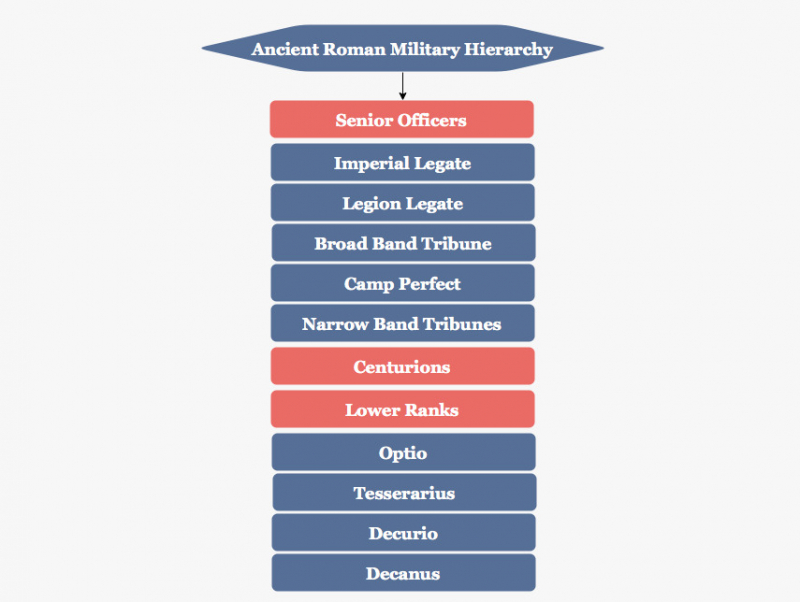The Roman army was paid depending on their rank
One of the 10 Things to Know about the Ancient Roman Army is that the Roman army was paid depending on their rank. Legionary rankers were relatively well-paid, compared to contemporary common laborers. Compared with their subsistence-level peasant families, they enjoyed considerable disposable income, enhanced by periodic cash bonuses on special occasions such as the accession of a new emperor. In addition, on completion of their term of service, they were given a generous discharge bonus equivalent to 13 years' salary. Meanwhile, the salary that new legionnaires receive viaticum, is usually 3 pieces of gold or 75 denarii while their legionary counterparts received a salary of about 300 denarii.
Early in the first century, auxiliary pay was significantly lower. Auxiliary infantrymen got a salary of around 100 denarii annually, while their legionary counterparts received a salary of about 300. However, by 100 AD, the difference had almost entirely vanished. Similar to how it appears that auxiliary did not earn cash and discharge incentives previously, they most likely did so beginning with Hadrian. In contemporary militaries, junior officers, who are the equivalent of non-commissioned officers, might make up to twice the base wage.
Centurions of the legion, who were akin to mid-level commissioned officers, were arranged in a complex system. They were often promoted from the ranks and in charge of the tactical sub-units of Centuriae and cohorts. They received money that was multiple the minimum wage. It is estimated that centurions would get at least 1,000 denarii.
After serving one year in office, the most senior centurion called the primus pilus was promoted to the equestrian rank. The legion commanders, legion staff officers, and commanders of auxiliary regiments were the top officers of the army and all had at least equestrian status. They were mostly Italian aristocracy carrying out the military portion of their conventional career path in the first and first half of the second century. Provincial career officers predominated afterward. Senior officials received massive incomes that were at least 50 times more than the minimum wage about 15,000 denarii a year.











